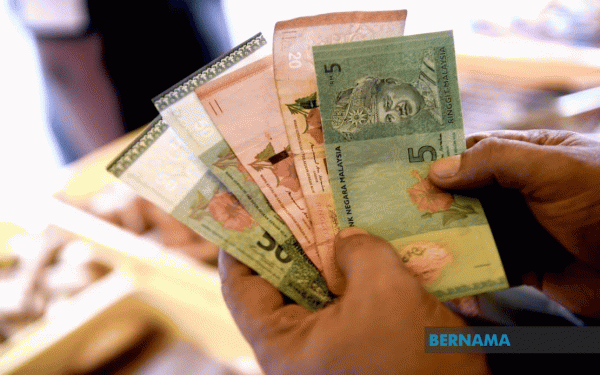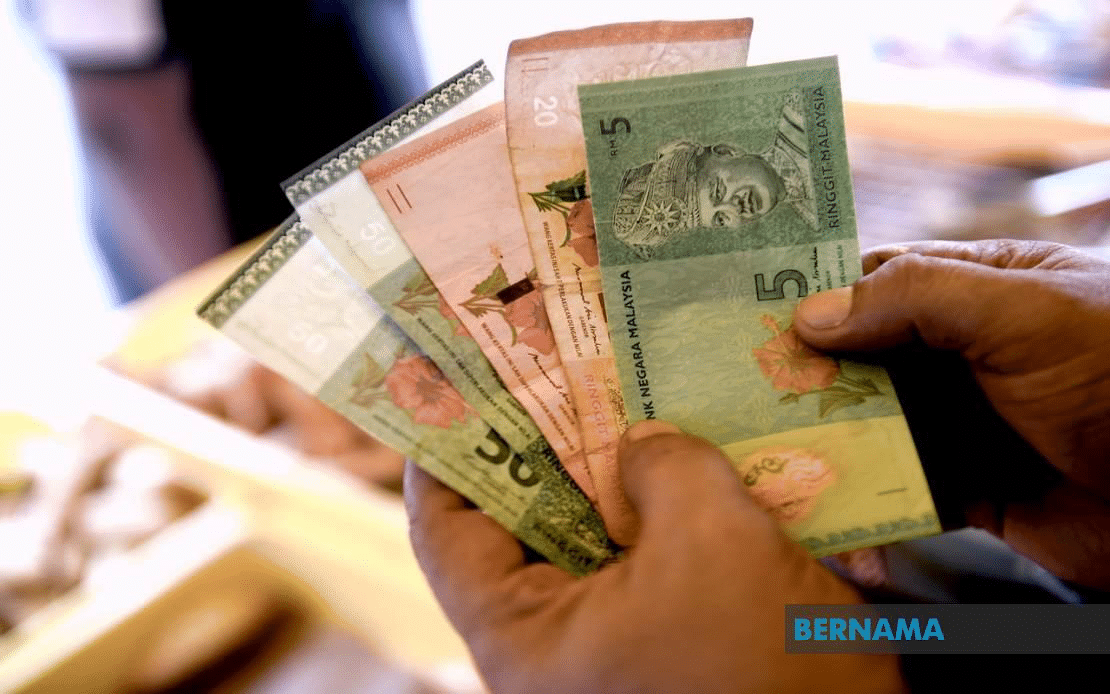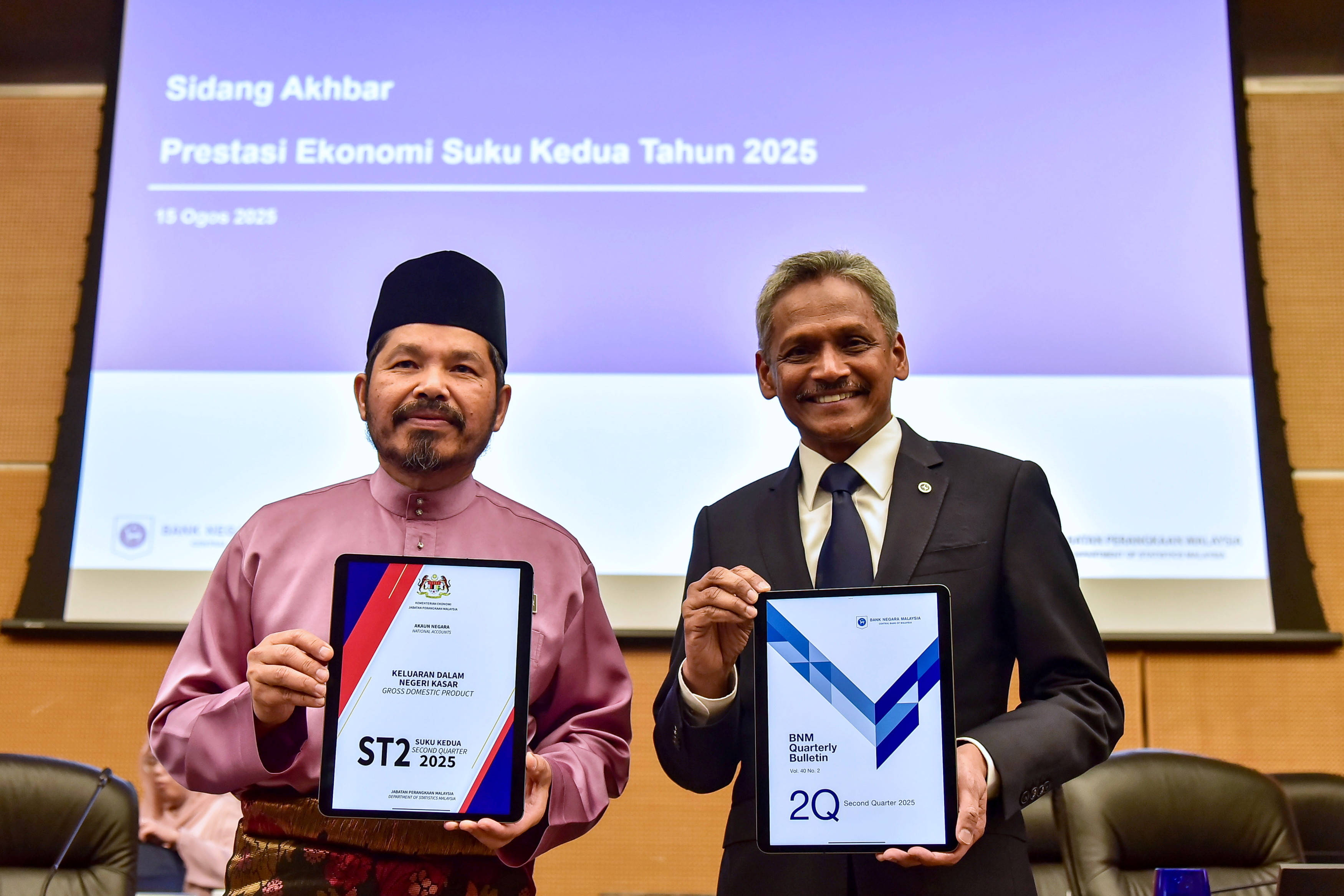KUALA LUMPUR, Aug 15 — Malaysia's current account balance is expected to remain in surplus of between 1.5 per cent and 2.5 per cent of gross domestic product (GDP) in 2025, said Bank Negara Malaysia governor Datuk Seri Abdul Rasheed Ghaffour today.
This follows a smaller current account surplus of RM300 million, or one per cent of GDP, recorded in the second quarter of 2025 (2Q 2025), mainly due to cyclical factors like planned maintenance that disrupted commodity production.
As a result, this has led to a RM5.1 billion quarter-on-quarter drop in mining-related exports and a sharp rise in capital imports following the realisation of data centre investments.
"Overall, the current account balance in the first half of this year (1H 2025) remains healthy at 1.7 per cent of GDP compared to 0.9 per cent in 1H 2024," he told the press after announcing Malaysia's 2Q 2025 economic growth today.
Rasheed reiterated that the increase in capital imports would strengthen Malaysia's exports in the long term as the operationalisation of data centre investments is expected to contribute to services exports.
"We have seen some of this coming already. In addition, higher travel receipts driven by the continued rise in inbound tourism are expected to contribute to the further narrowing of the services account deficit," he said.
The encouraging development is expected to continue into 2026, following government initiatives, including enhancing flight connectivity and the Visit Malaysia 2026 campaign.
Meanwhile, Statistics Department Malaysia Chief Statistician Datuk Seri Mohd Uzir Mahidin, who was also present, noted that Malaysia's foreign direct investment (FDI) in 2Q 2025 recorded a smaller inflow of RM1.6 billion against RM15.6 billion in 1Q 2025, mainly due to sustained inflows in equity injections and higher debt instrument inflows.
However, the equity and debt inflows were partially offset by outflows in reinvestment of earnings, given higher dividend payments and losses registered by some foreign companies in the manufacturing sector.
"These FDIs were channelled mainly into the services sector, predominantly in the financial activities and information, communications, and telecommunication sub-sectors. The FDIs were primarily from Singapore, Japan, and the United Kingdom," he said.



